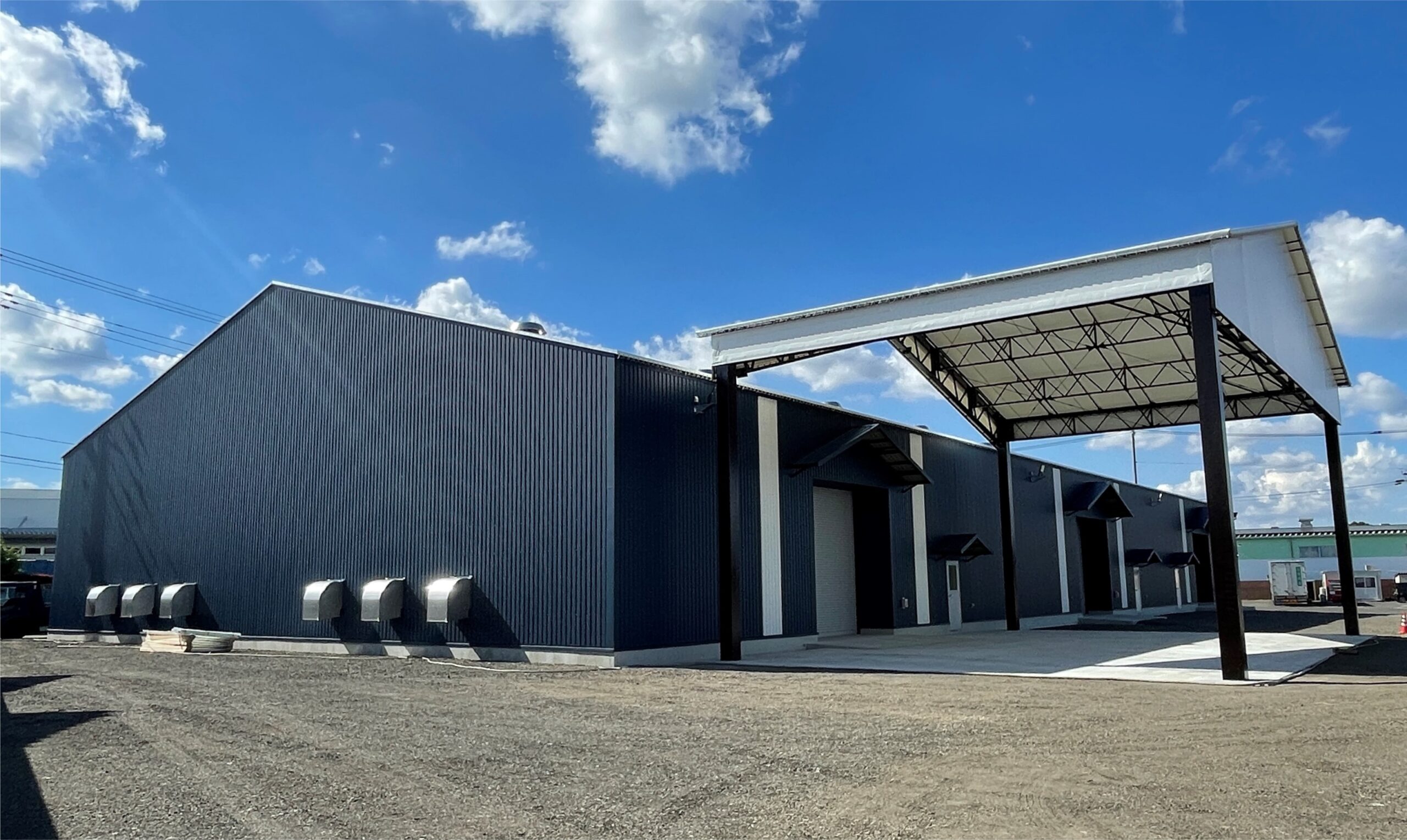

Taiyo Kogyo Column
What is the 2024 problem in the logistics industry? An easy-to-understand explanation of its impact and solutions

Few people fully understand the impact of the 2024 problem on the logistics industry. Currently, revisions to laws related to work style reform are underway, and there is a need to improve the work-life balance of workers. This article will discuss in detail the impact and challenges related to the 2024 problem and provide solutions.










Tent Warehouseへの
Contact us

What you need to know when building a warehouse
We packed it all in.
Clues to solving the 2024 problem
Recommended for
I don't know where to start in building a warehouse.
I want to build a warehouse in an economical way.
Which type of warehouse should we build?
I want to learn the basics of warehouse construction anyway.
I'm concerned about the 2024 problem, but I don't know what to do about it.
Related Articles
- TOP>
- Taiyo Kogyo Column>
- What is the 2024 problem in the logistics industry? An easy-to-understand explanation of its impact and solutions








